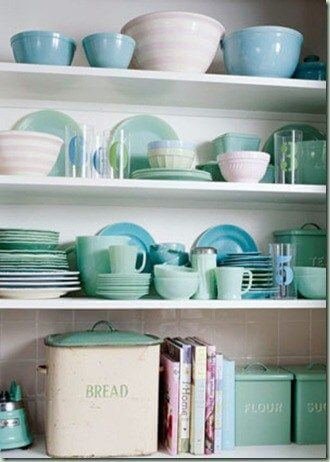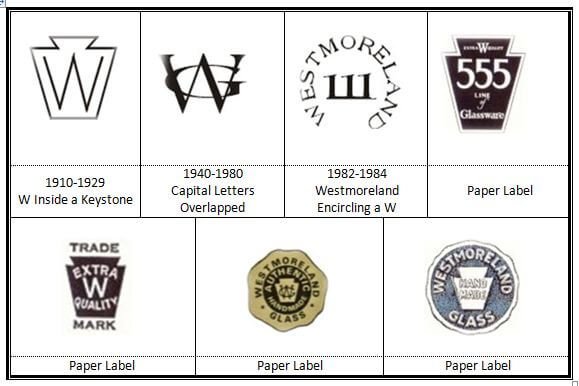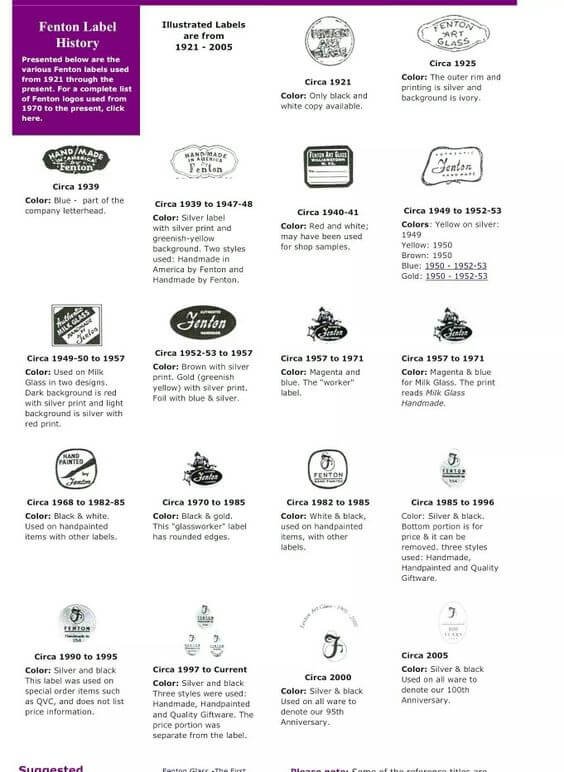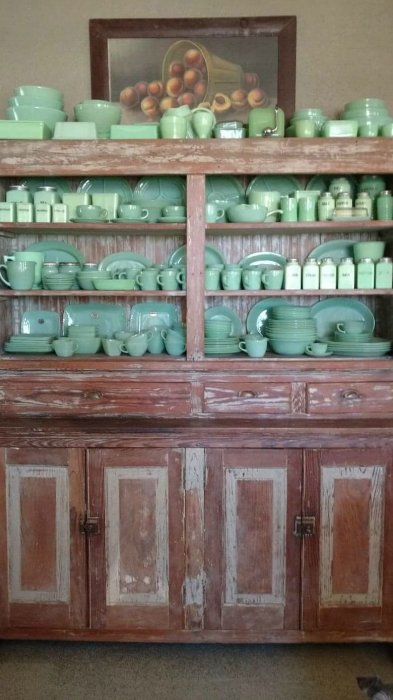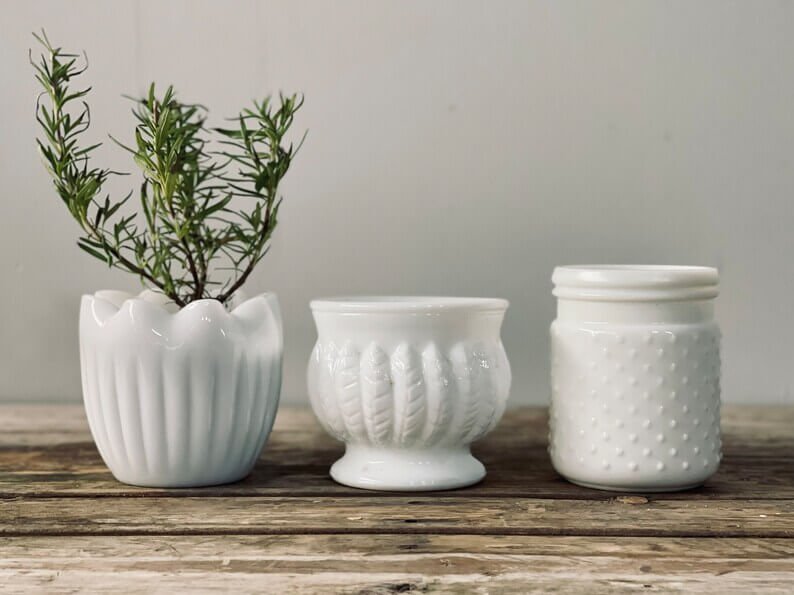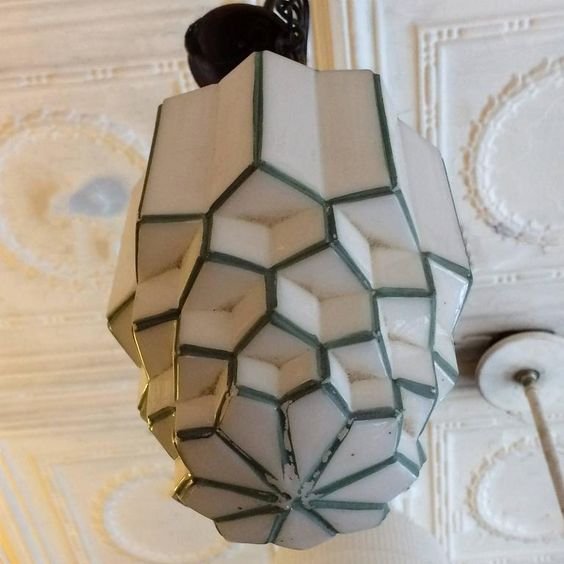Introduction to Collecting Milk Glass
Milk Glass. You've heard the term but do you really know what it is? Today we are going to briefly explore what it is and how to determine if it is older or a reproduction piece.
A few years ago, I was thrifting and found some milk glass. Not knowing much about it, I did some googling when I got home and realized there is WAY more to know than just seeing a piece of white glass and declaring it "milk glass". I never considered myself a real fan of it until I realized everything that was categorized as milk glass.
Remember the post we did on Depression Glass? We discussed there that Milk Glass is actually categorized as Depression Glass. But, it was produced and popular as far back as the 16th Century (in Venice, because, you know...they are the glass experts, right?). It became incredibly popular during the 1940s and 1950s again and those goodies are the ones you are most likely to run across when you are at fleas, thrifts and estate sales.
Types of Milk Glass
The term "milk glass" is the identifier given to all opaque glass. White is the most popular version but it comes in several colors including: yellow, pink, blue, green, brown and black.
Ever heard of Jadeite? Yep, that is green milk glass.
Milk glass can be smooth or pressed into mold that have etched designs. Some have "bumps" on them, known as "Hobnail".
Top Manufacturers
There are several manufactures but the ones you are most likely to encounter are below.
Westmoreland Glass Company
Fenton
Fenton is known for their “hobnail” glass.
Old or New Milkglass?
Many of the manufactures of the 1940s and 1950s sold their molds after they closed. So, if you can't tell by the mark, is there any way to tell if the piece is original (older piece) or a reproduction (newer piece from old molds)?
Yes...thankfully!
It is called the "Ring of Fire" by collectors. If you hold the piece up to the light, the edges should have a pinkish hue because of the minerals used in the production of the glass. If you see this, you are more than likely holding a piece from 1950 or earlier.
Remember the post on the difference between glass and crystal? In that post we discussed that the lead in glass is what will cause that ping sound. If the milk glass item you are holding makes that ping sound, you may be holding a piece that is as old as the late 1800s.
Decorating with Milk Glass
Y'all, there are literally MILLIONS of examples we could cover right now but I am going to show my top 3 favorite ways to use milk glass in your home.
In Abundance In a Collection
As I say all the time, I absolutely love how powerful a collection of items is to for giving visual interest. Nothing beats it.
As A Planter
If you are trying to add a piece or two of milk glass to your modern decor, this is the way to do it. I love the stark color of the white popping off of green plants. And these darling little planters would look so precious packed with herbs on a kitchen window sill.
Light Fixtures
I may end up writing an entire post on these because I think they may be the most underutilized vintage light fixture to incorporated into modern decor. The milk glass skyscraper pendant light is THE coolest art deco touch to add to a room. I have been lusting after one for years for my half bath.


